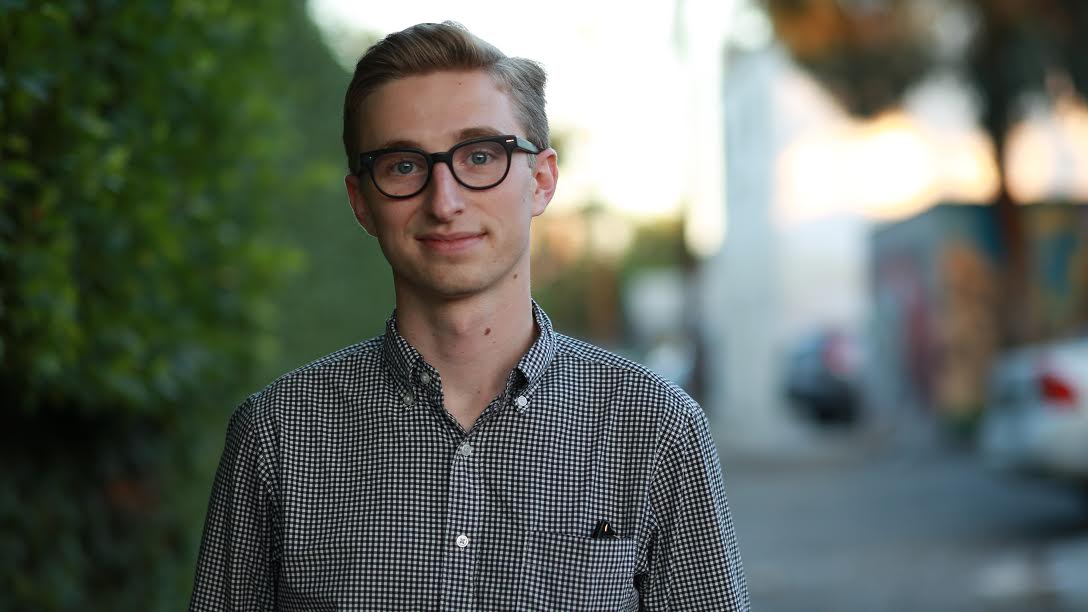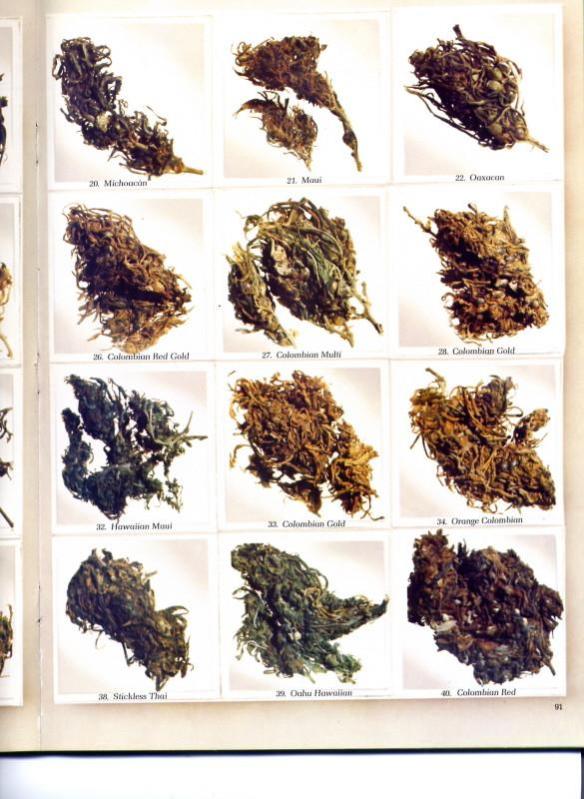Why More Potent Marijuana Isn't a Bad Thing

By:
Last week, Republican presidential candidate Carly Fiorina voiced her opposition to marijuana legalization at the second GOP debate of the 2016 election season, suggesting that the substance was more dangerous than alcohol and similarly addictive. That's false, but it is not the only cannabis statement that Fiorina made that night. She also said that "the marijuana that kids are smoking today is not the same as the marijuana that Jeb Bush smoked 40 years ago."
Actually, Fiorina is right. Today's marijuana is more potent, with many strains packing THC punches that exceed the concentration levels of 1960s "ditchweed" that Jeb Bush's generation was smoking. (THC is the main psychoactive component of cannabis—the part that gets you high). But the suggestion that high-potency marijuana is more dangerous than low-potency weed from 40 years ago is a misconception.
Here are photos of the "top strains" from High Times magazine in 1977.
 Reddit - imgur.com
Reddit - imgur.com
Here are the top-10 strains from 2014.
Is more potent marijuana more dangerous?
To debunk the myth that Fiorina rehashed last week, let's use her own comparison: marijuana and alcohol. It is not the best comparison considering the fact that people can become physically dependent on alcohol, and drinking too much can lead to lethal overdose, but in terms of potency, the parallel works.
Say you are at a bar and you want to get drunk. If you want to reach that point of intoxication quickly, you'll take a couple shots, right? Because spirits such as vodka and whiskey have higher concentrations of alcohol than beer or wine. It is no different with marijuana.
If you want to get high really quickly, you can smoke dabs (concentrated THC oils and waxes that are extracted using a solvent). Even for a seasoned stoner, one or two "dabs" is usually enough to reach the desired high.
What does higher THC concentrations mean for users?
But if we're just talking about marijuana in its traditional form—ground up and smoked as a joint or in a bowl—then the idea that the substance is somehow more dangerous today than 40 years ago is flat wrong. Research has largely determined that pot is non-toxic and non-addictive; that does not change with increased potency. What does change, however, is the amount of weed that it takes to get a person high.
"The bottom line is: strong cannabis actually means people smoke less, so there's less exposure to respiratory irritants," Dr. Mitch Earleywine, a professor at the State University of New York at Albany and a chairman at the National Organization for the Reform of Marijuana Laws (NORML), told ATTN:. "In addition, the idea that cannabis was remarkably weaker 40 years ago is overstated."
"Back then, because we didn't understand THC degradation, cannabis was often stored in a hot evidence locker for a month before police could send it down to the one lab in Mississippi that would estimate the THC content. They'd get one to two percent. Cannabis this weak, when administered int he lab, usually just gives participants a headaches and makes them wonder if they got placebo," he added.
Earleywine and other researchers have estimated that marijuana from Jeb Bush's heyday registered somewhere between five to 10 percent THC, whereas now we have pot that has, on average, 15 to 20 percent THC concentration. In other words, it's not a dramatic difference. And while it does mean that weed today is more potent, it does not mean that it is more dangerous. Indeed, the opposite appears to be true.
